~ 37 ~
~ The Study of Threes ~
http://threesology.org
Researchers as of 8/29/2019
| Devil's Advocate Series: | ||||||||
|---|---|---|---|---|---|---|---|---|
| 1 | 2 | 3 | 4 | 5 | 6 | 7 | 8 | 9 |
| 10 | 11 | 12 | 13 | 14A 14B |
15 | 16 | 17 | 18 |
| 19 | 20 | 21 | 22A 22B |
23 | 24 | 25 | 26 | 27 |
| 28 | 29 | 30 A 30 B |
31 | 32 | 33a 33b 33c |
34 | 35 | 36 |
| 37 | 38 | 39 | 40 | 41 A 41 B |
||||
This page is a Following up on the previous page's comment of:
As an acquaintance of mine (Richard Williams) is fond of saying: "Figures don't lie, but liars can figure". Hence, has humanity configured a numbering system that has an inherent inclination to lie, and we humans set the stage, scenery and script defining the extent to which the lies are to be used and believed in? Philosophically speaking, this might well suggest that there is one or more lies to genetics, if not atomic structure as well. In fact, in as much as we recognize the existence of so many lies being perpetrated by humanity, the influence for such a disposition likely comes from something inherent in its biological makeup if not more basic... such as in the atomic structure of which the genetics is made of. Indeed, existence, or let me say reality... is very much a lie in how different systems (religion, science, mathematics, business, politics, etc...) are elaborately constructed illusions, and artificialities. For example, the U.S. practices a system of phony democracy and so very many businesses are set up with the intent to defraud the public out of its monetary resources, though workers are exploited as well for their labor. And let us not forget to mention the system of differing stagecrafts (plays, movies) which are designed to create representations of what others think they perceive occurs in a given reality, though in many cases such as the stagecrafts of novels, science fiction, fantasy, cartoons, comic books, etc., a make-believe world is intentionally created like so many games of chance and perpetrated government activities so as to further some ulterior motive, usually involving some pecuniary interest or political power as the stated currency of a given social environment.
Before going further let me note that Mr. Williams has provided many comments about an assortment of ideas during different brief conversations. Like others I encounter who have no interest in being given credit for one or another perspective, I would nonetheless express my gratitude to Mr. Williams and the many others who have provided this and that, bits and pieces of ideas that I have come to include in my pursuit of the threes phenomena. While it is difficult to exactly who, when and where, not to mention the many writers whose materials have provided food for thought, I should however make some measure of effort to acknowledge such contributions, though what has exactly been culled from another tends to fade over time as age sometimes lessens one's ability to recall specifics.
Since I am dealing with numbers and numbers can be used to provide evidence for whatever turn of thought one may care to pursue, it is of value to make note of how they can be differentially displayed in a dichotomous frame work to suggest or imply or intimate the presence of a third orientation, thought the idea of a third perspective... the supposed result of a dichotomous 1 + 1, is not explicitly labeled. In designing a timeline, as one might with any intended listing, I am confronted by the realization of compiling statistically occurring examples, though someone else from a different vantage point may come across some other variety and frequency for a given number pattern other-than-three. This no doubt explains in part the interest in a different number pattern such as seven, or two, or five, or four, etc..., yet such compilations are being addressed by compilers who are not interested in making an effort to compile all other patterns, much less the absence of their specific interest. Nor do they commonly make reference to the very small array of overall number patterns being used and that we should consider the reason(s) for such. Very often we find examples of statistical references involving a contrast, a dichotomy, with a third perspective being arrived at by making a comparison. In other words, one reference to an enumerated occurrence is portrayed cast against another one that is used as a contrast or oppositional perspective, whereby this formula is used as a means to create a resulting interpretation that argues against the initial enumeration, like those who argue against the prevalence of "threes" by pointing out another number pattern, and then using this to claim that the initial identification is incorrect, that is if it is used as the sole reference without taking other number patterns as well as non-number patterns into consideration.
The following are a few examples of statistical compilances (culled from here: you can make statistics say whatever you want) which can vary in language and content from one place to another, and thus could be labeled as "compiled statistical variances":
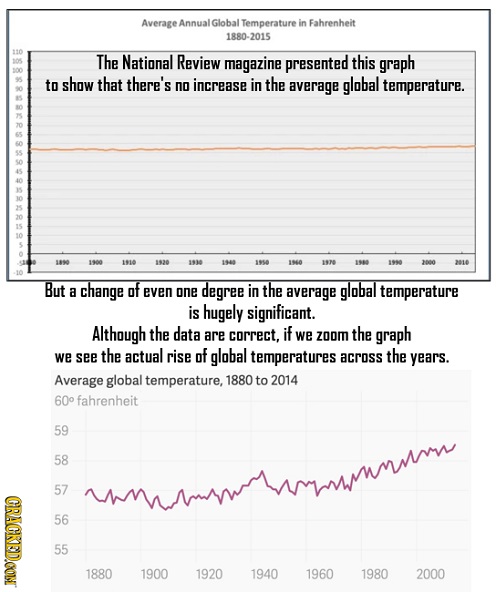 Entry by milito |
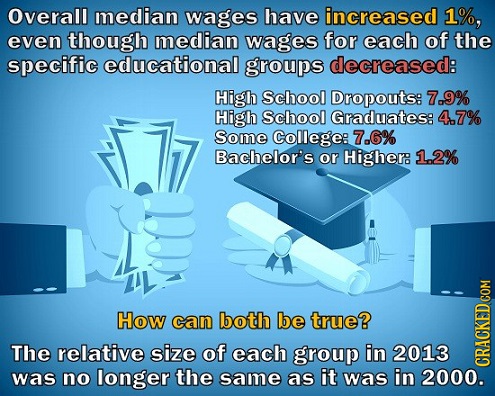 Entry by PookieJones |
 Entry by gicusudoru |
 Entry by Scott Laffey |
 Entry by LilySprite |
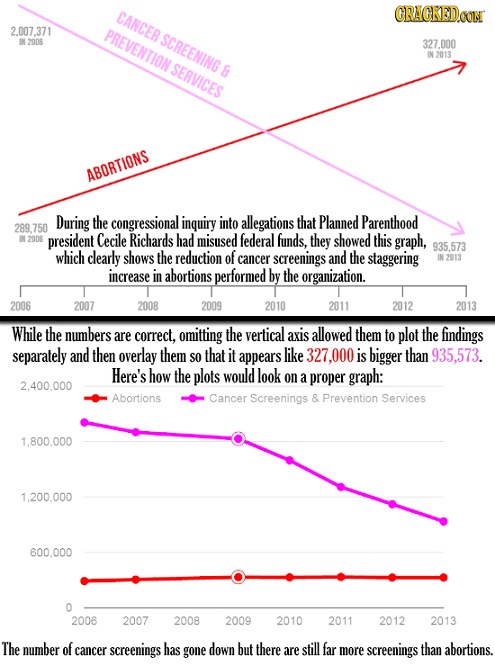 Entry by milito |
 Entry by jaoafallas |
 Entry by ShortUsername01 |
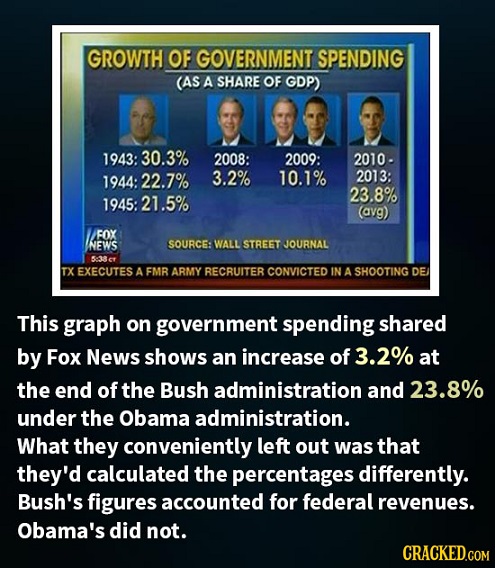 Entry by jaoafallas |
 Entry by Michael Voll |
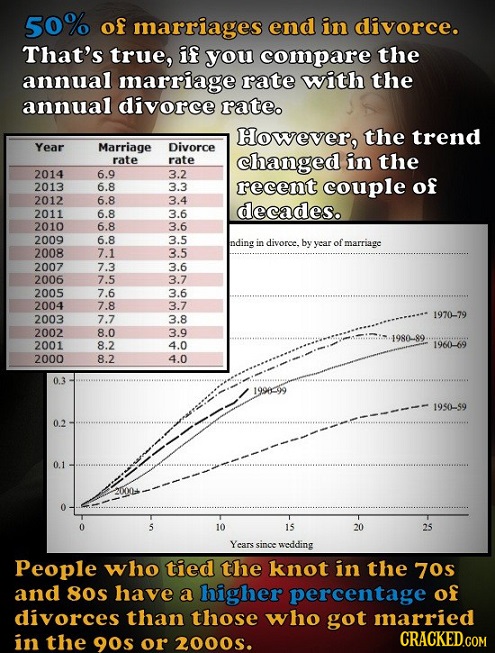 Entry by PookieJones |
 Entry by Comunacho |
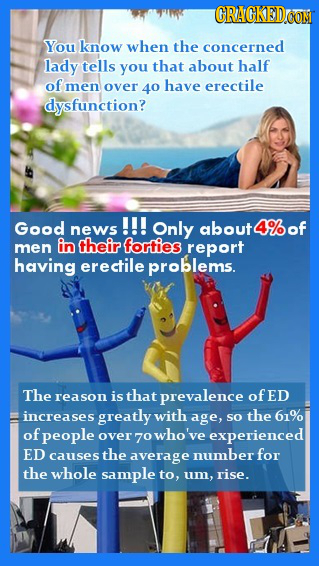 Entry by Michael Voll |
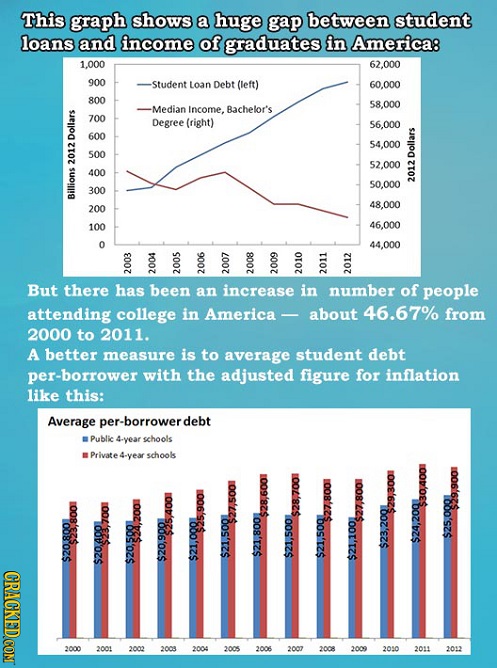 Entry by jaoafallas |
 Entry by CZM |
 Entry by Chan Teik Onn |
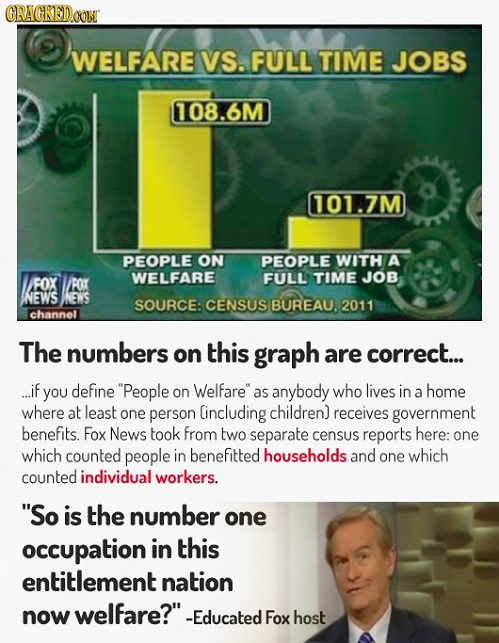 Entry by Maclise |
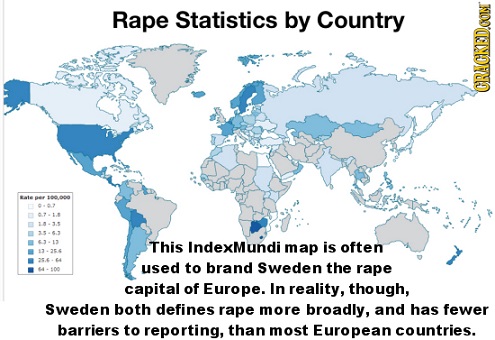 Entry by ShortUsername01 |
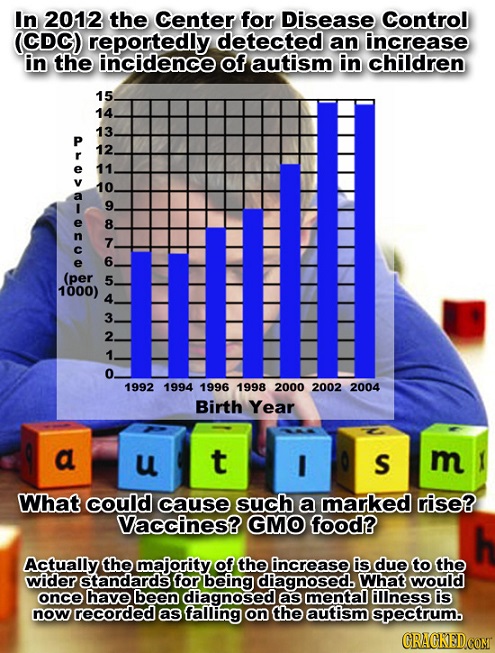
|
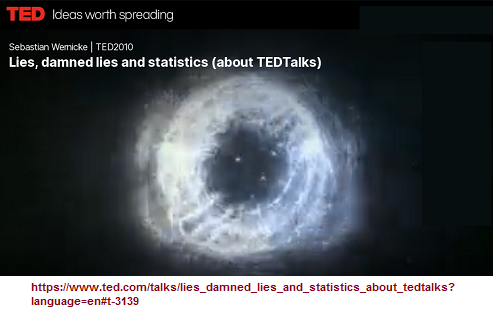 Lies, Damned Lies and Statistics (Usage of multiple threes ideas) |
Simpson's Paradox by Mark Liddell and Addison Anderson |
|
Why the Majority is always wrong by Paul Rulkens | |
There are many other examples of statistics which can be cited as wrong, skewed, or applicable under given circumstances to bring about a result which a minority or majority disagree with or agree with, but in an respect is of more value in its application at the moment than it would be at some other time or not used at all.
Whereas I have been citing a timeline, the word "timeline" may or may not evoke the notion of "history", much less a history of human cognition within a very limited range, since it has not been very long since humanity began recording patterns and patterns of patterns and patterns of patterns or patterns, etc., not to mention those patterns used in an attempt to conceal one or another pattern as if it were a signature of one's thinking, or at least behaving.
One such pattern is the rise of incompetent female leaders who attempt to capitalize on those ideas (often used by men to seduce women), which suggest that a woman would be better in a leadership position, yet frequently are admitted to a position that has failed or is failing or will fail, and thus can be used as a scapegoat to protect the career of a man... though the introduction of a woman into a place of leadership may be a forced issue involving some would-be perceived discrimination. It is part of a growing statistic involving the dichotomy of man versus woman, where either may be used as the variable of a social circumstance providing an assumed outcome of value to offset two (or more) negative variables. Here is a three-patterned (or I should say a 3-to-1 patterned) reference highlighting what the speaker believes is an answer to describing a recurring ideological trend and how to confront it:
3 reasons for the rise of Incompetent men: by Tomas Chamorro-Premuzic
- Inability of people to distinguish between confidence and competence.
- The Love for charismatic individuals.
- Inability to resist the allure of Narcissistic Individuals.
- Women score higher than men on the qualities of Humility, Competence, Integrity.
As with all statistics, including the usage of numbers as an idea which displays patterns from which deductions can arise to detail information which can be interpreted to coincide with personal inclinations; a leading person or idea often reveals the traits and characteristics of the believer(s). It is the atmosphere of the box to which we exist in and feel most comfortable with. Often times when a number or numbers are used to represent a given inclination, those who are likewise inclined to accept such a number or numbers as a truth value, have an affinity for using such a symbol or symbol as an extension of a larger orientation. For example, the oft-used reference to the Christian Trinity (only because it is so well known) is a 3-part number which is used as an exercise in pseudo-intellectual efforts at attempting to justify some believed-in personalized valuation of truth established by a long-term usage as part of the assumed justification for its proposed validity that is unknowingly linked to an early "pagan" orientation of solar worship that was itself quite possibly unaware of the Sun's three "moments" (phases: dawn-noon-dusk) influencing the three-part constructed references however named and symbolized differently from the three known as Father- Son- Holy spirit; where it is not too difficult to easily imagine the analogical links between the dawn and the Concept of the Father, the noon "sun" and the concept of the "Son", as well as the dusk with the concept of the Holy Spirit, the latter of which correlated ideas of spirits and shadows with darkness... if not the indistinct characterization of moonlit figures and intimated "forces".
This inclination towards the usage of a Trinity, or three-part organizational focus is seen in multiple contexts under a variety of guises such as the adopted ideas of the Insurance industry, in that it references the usage of Actuarial, Statistical, or Financial methods for establishing liabilities and determining premiums. (Page 12, ICP 19A: Statistical Basis for Insurance). The Insurance Industry, backed by the World Bank and other (what are sometimes described as ) "Free Money" driven organizations, is in reality, a legalized protectionist racket, just like taxation. For all we know today, the present usage of the various lottery and gambling systems may one day be legalized into schemes that the public is forced to participate in, just like the now practiced enforcement of many insurance schemes that are sometimes labeled plans, programs or policy, depending on the level of enforcement that is being applied to "encourage" public participation. One of which is public health insurance. If you don't participate in one or another medical insurance system, you could be financially punished by the government. In other words, you are not permitted to refuse participation in giving your money to one or another insurance company whose investors are often those in the legislative bodies creating laws to enforce participation to ensure that their investments acquire high premiums. In a manner of speaking, it is a one-step-beyond the socially used method of "encouraging" participation in the giving of tithing in a religious circumstance, by using laws to enforce participation in the giving of taxes to that which is worshipped by many who no longer worship a god other than some resource of monetary value.
It is a statistic of human cognition that is not acknowledged very well nor studied as it should be in terms of a phenomena of human behavior under the conditions to which it is arising. It is filled with various number-related orientations such as mathematics, numerology, betting, accounting, counting, arithmetic, "ciphering", compulsion, etc...
(Note: while the usage of "etc" gives some writers the means of providing themselves with an escape route so as not to be obliged to account for examples that they themselves may not actually know but can give the impression of appearing to the reader as being intelligent, it can also be used as a means by a writer not having to supply examples that most readers would not be interested in, have knowledge of, or be able to analogically decipher anyway. Neither readers or writers may be as smart as they may be inclined to think themselves as being.)
Statistics is a catalogued form of numerology. In other words, seemingly random events in human behavior that become catalogued over time in multiple areas come to be realized as occurring more often than what may appear to be random events dependent on the perceptions of observant people. Because there is money involved in the cataloging of such occurrences and the application of the resulting "numbers" of incidents to making money and providing a philosophy tied to financial gain that interests politicians and bankers, this form of research is viewed as rational and necessary. However, this is not yet the case for the usage of a "Threesological" approach for studying human cognition. There is not enough "important" people who can see, much less understand its value... particularly if it is not tied to some repeated events of gaining a financial advantage over one or more others, under the guise of some illusion, such as "protection" from a possible disease, accident, injury, etc..., many of which are caused by the very system which wants such events to be viewed as a realistic condition of living within the system which requires for such a reality to exist, though it would not necessarily be in the depth and range as it does, so as to assist in the perpetuation of a system whose livelihood depends on such a circumstance to be a condition of the reality, though the reality is in part, made up... and is therefore an illusion.
Like the once volunteer fire fighters of the U.S. who wanted to be fire fighters full time and get paid for it, they had to create the illusion of need by instigating fires for their own benefit. While this situation is similar to those in which one or more government agencies contribute to the instigation of a conflict so that their own (typically financial) agendas can play out, some situations occur as a matter-of-fact without conscious awareness, like a person losing sight of where they place something because the place in which the item or items were set, were filled with multiple other items which created a blindness either due to distraction or visual... thus conscious insensitivity, sometimes described as a scene (such as a painting or picture) that is "too busy" and inhibits one's ability to concentrate through focusing on a particular item that may be "hiding in plain sight".
While there are seemingly "many" different number patterns one can focus on, when one actually begins to focus on number patterns and makes an effort to catalogue them from one or multiple subject areas, a researcher begins to identify that the presumed "many" is actually only a few that are repeated, and it is the repetition of a few under different guises which gives the impression of a "large quantity" that is extrapolated into the notion of a large number system; though in reality we use only a few number patterns in multiple ways.
For example, while there are multiple forms of dichotomies, they are all nonetheless dichotomies, even though the mentality of some observers is inclined to adopt the view that a large assortment of numbers is being used. The presence of a lot of a single item is somehow construed to represent a large assortment of overall numbers instead of a large assortment of only one number pattern. They become cognitively distracted by the visual activity of multiple references to different items using the same underlying pattern.
So let us review: We apparently use only a few number patterns to reference all our ideas and these enumerated patterns represent small numbers. This small recurrence may also be termed a short recurrence that can be further applied to the suggestion that it represents an environmental imposition on biological activity, since the numbering arrangement appears to be occurring in all life forms, according to human perception. If the perception is wrong, than this suggestion is wrong. However, if it is right, it may further suggest that the imposition to use a few number patterns is the result of an ongoing deterioration of the environment to which all of biology is being forced to adopt to and arrange its adaptability to for the sake of maintaining some semblance of equilibrium. The usage of a few or "short" numbering system is due to the reality that the overall life span of present organismal biologies have a short life span, though we humans claim long life spans for some life forms existing today. Our currency of thinking in short and life long spans is based on a relationship to ourselves,... our ego, and not an orientation which is absent of the human ego... its self-centeredness.
Another view of statistics using a dichotomous orientation is to describe the ideas concerning hominid locomotion. The earliest ideas no doubt focused on how monkeys moved through the trees by swinging from limb to limb that was later added to by looking at the activities of great apes with their knuckle walking antics, (of which my own hands exhibit knuckle pads that frequently become dry and require some moisturizing ointment). While later observers combined the two to realize a third view which comprised both views, it now seems this formula of a three idea by combining these two ideas, is wrong:
Unlike suspensory great apes that favor their fore limbs and bipedal hominins which prefer their hind-limbs, the anatomy of Danuvius guggenmosi, indicates that the ancient primate used both sets of limbs equally.
New Ancient Ape Species Rewrites the Story of Bipedalism

Now we have a third option to the previous two which were described as an embellished dichotomy appearing as a third perspective. Indeed, many of the three-patterned ideas we are seeing are embellished dichotomies like the traditional syllogism of Hegel's. His Major/Minor premises are the dichotomy that are embellished with the notion of a symbiosis resulting in what is believed to be a third option, but actually is an embellishment of the two. It is an expression of human cognition attempting to make its way into a developmental scenario where actual third idea orientations exist but have not as yet been reached. Like earlier ideas during the course of brain/mind development where dichotomies began showing up and were first representative embellishments of singular notions before attaining a full "two" status, though many dichotomies are little more than embellished representations of single ideological orientations harking back to a more primitive brain/mind era.
Whereas we might want to claim that a "2" is an embellishment of a "1" and a "3" an embellishment of a 1 and 2, we are then left with the question of what an actual 2 and 3 are, and whether we are going to accept the notion that a "4" is simply an embellishment of the 1, the 2 and the 3... thus indicating a state of human cognition that may not be as we are inclined to think otherwise, given the state of symbolic usage and our means of communicating such.
Clearly the idea of embellished logic should not surprise us as a human activity if we readily accept the "premise" that humans are inclined to produce and promote embellishments just as in the manner of the male peacock's feathers, or the coloration of male ducks, not to mention the once frequent usage of makeup by human males that has now been supplanted by its usage by females... though men use other forms of "makeup" in that they make themselves up in physical appearance, be it by dress, occupation, accomplishments, position, ownership, etc.... and if one to strip away all such embellishments, what is there left to discover? Some greater truth, some greater explanation of a natural event, or something that we might not be able to even perceive, much less comprehend?
Yet, given the fact that humans do embellish, is there a minimum level and cultural specificity that we use? If it is engrained in us like instinct or reflex, would removing one embellishment necessitate the usage of another one... or more... as a compensatory action? Such contemplations can act as circularities of thought that bind us to detours of introversion that may be of value to those so inclined, but not really helpful if one is pursuing a trail with three-toed footprints... so to speak. It is a three-toed footprint whose image gives the impression of being an arrow that points in the opposite direction of the bellowing voice inside, as if it were the vociferous expression of that to be feared... as one might in the case of a dinosaur.

While some may think that the origin of the arrow and spear-heads may have been influenced by the design of the male penis, and thus were extensions of the "thrusts" made in sexual activity and later became part of a history and literature describing phallic worship or at least worship of nature using the penis and vagina as symbols of procreation, one might conceive of the notion that the footprints of dinosaurs was in part an influence, though dinosaurs and humanity were not contemporaries. However, left-over footprints from dinosaurs and the footprints of other animals might well have played a part in the design thereof.
Origination date: Tuesday, November 5th, 2019... 5:10 AM
Initial Posting: Sunday, November 10, 2019... 2:40 AM
Updated Posting: Friday, January 20th, 2023... 12:36 PM
Herb O. Buckland
herbobuckland@hotmail.com